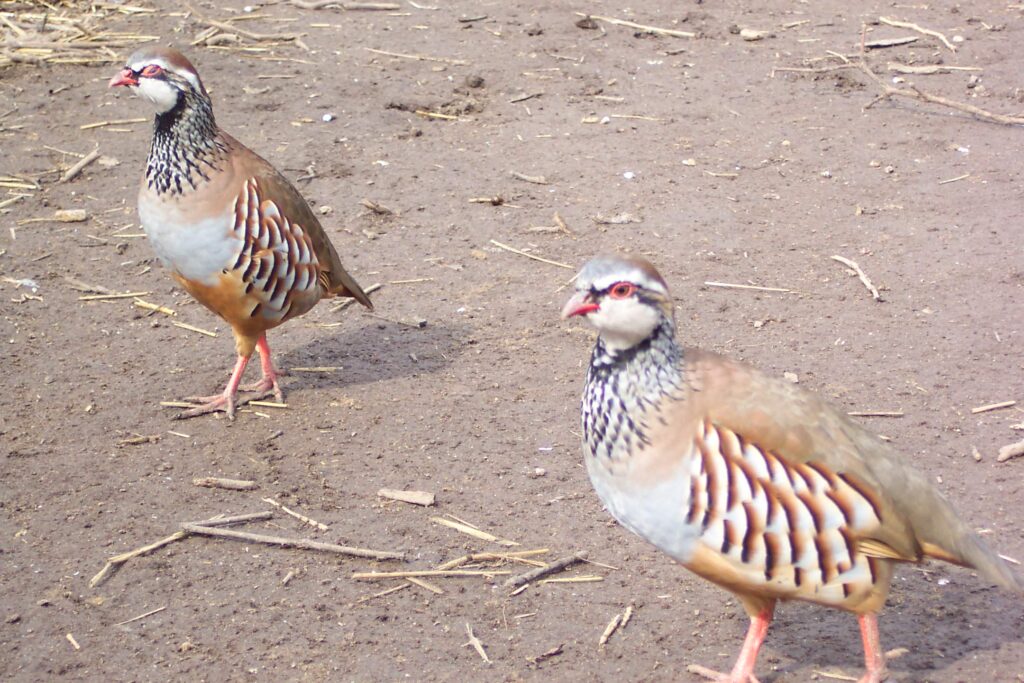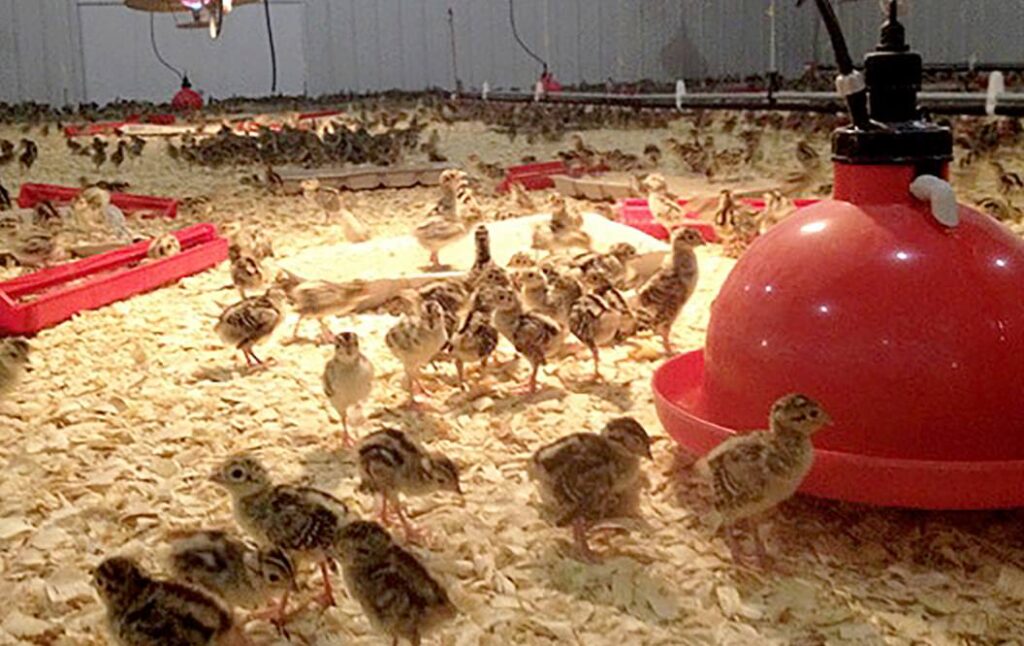Lets Talk About Ground Cover on the Milton Farm

Brian Klein oversees the Milton Farm for MacFarlane Pheasants, Inc. I recently asked him how ground cover did this year. He gave me some detailed information about how he plans ground cover to best benefit the pheasants kept in Milton. The crew decides which of the 6 covered pens on the Milton farm get planted and which ones grow naturally, each year. The decisions are based on when birds will go into the pens. Pens that receive birds before June 1st almost always go into pens that grow naturally. We would have to plant by April 15th to have a pen ready by June 1st. That is impossible in Wisconsin because it is just too cold at that time of year. Yet weeds like lamb’s quarter or ragweed germinate at the time and provide great early season cover.
Cover is important when raising pheasants, for several reasons:
- Shelter for birds to get out of harsh weather
- Provides shade
- Gives birds something to pick at
- Reduces eye contact between birds
- Gives birds a place to escape from one another
But open space is just as important! Open space gives the birds a chance to come out of wet cover and dry off, a place to dust, and it allows us the ability to visually check on the birds as we drive by them on a daily basis. In order to make sure there is open space available, the crew uses a spray gator with a mild herbicide to spray a 5-foot path around the perimeter and down the center of each pen. In some situations, a 5-foot brush hog can be used to accomplish the same task.
The evaluation of cover is based on low cover, high cover, open space, and amount of ragweed in the pens. If we could get lamb’s quarter to grow in all of our pens, we would have A+ cover. When ragweed is present, we let it grow to about waist high, then it has to be managed. A mixture of 2-4-D herbicide will get rid of ragweed but still allow lamb’s quarter to survive.
This year’s pens were planted with corn. The weather in southern Wisconsin has been almost perfect for growing and the dry spring allowed us to get into the pens early and work the ground. Timely rains and heat this summer allowed cover to flourish. In Milton, we have approximately 40 acres under net, so it was beautiful to see!
If you would like to visit our farm and see first-hand how we provide a habitat for our pheasants that keeps them stress free and healthy, please contact us. We have lots of pens in both Milton and Janesville!
Related Posts
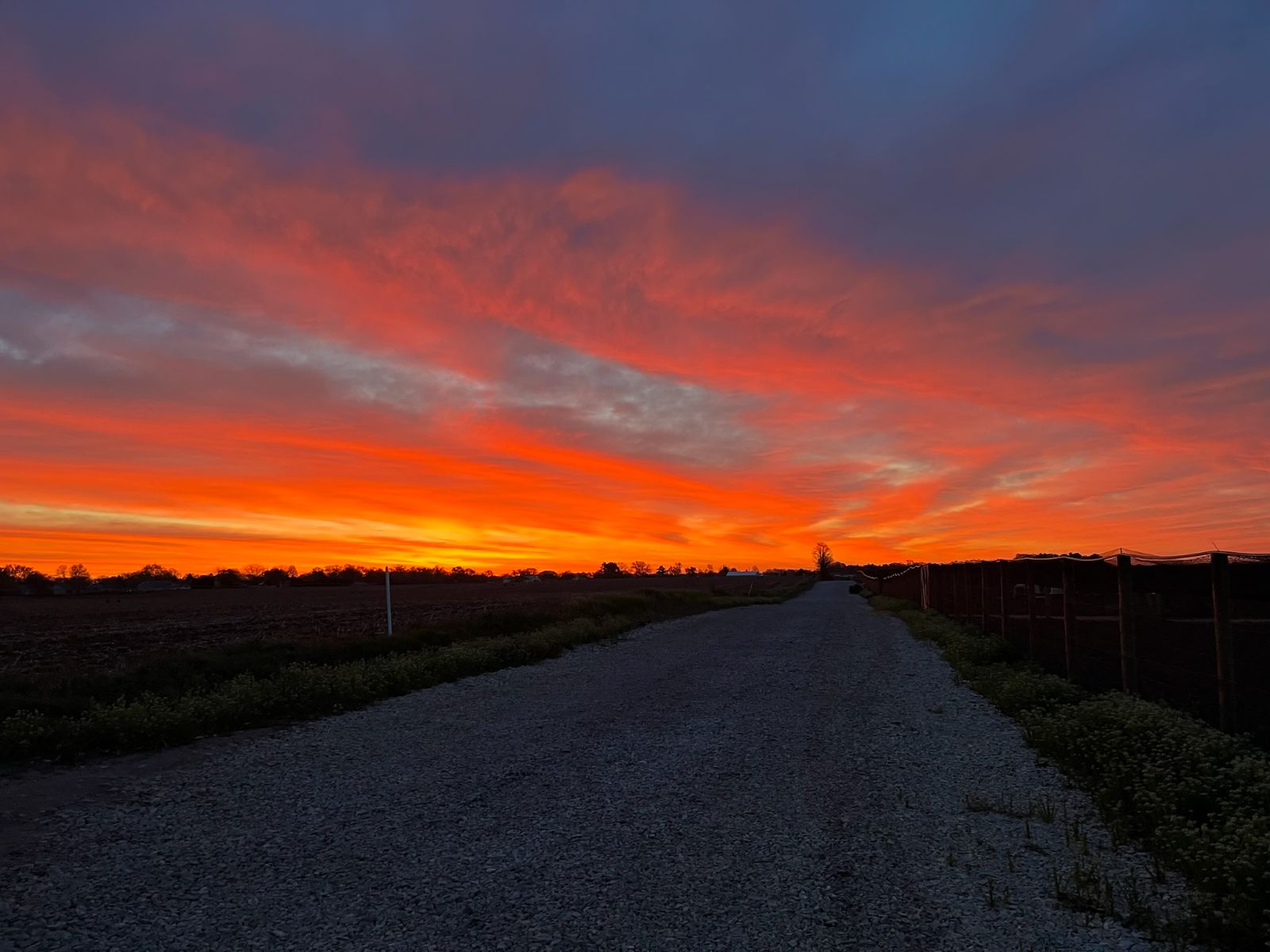
A Journey of Expansion: Jim Clark’s Legacy & Our New 16 Acres of Pheasant Pens
Read Post
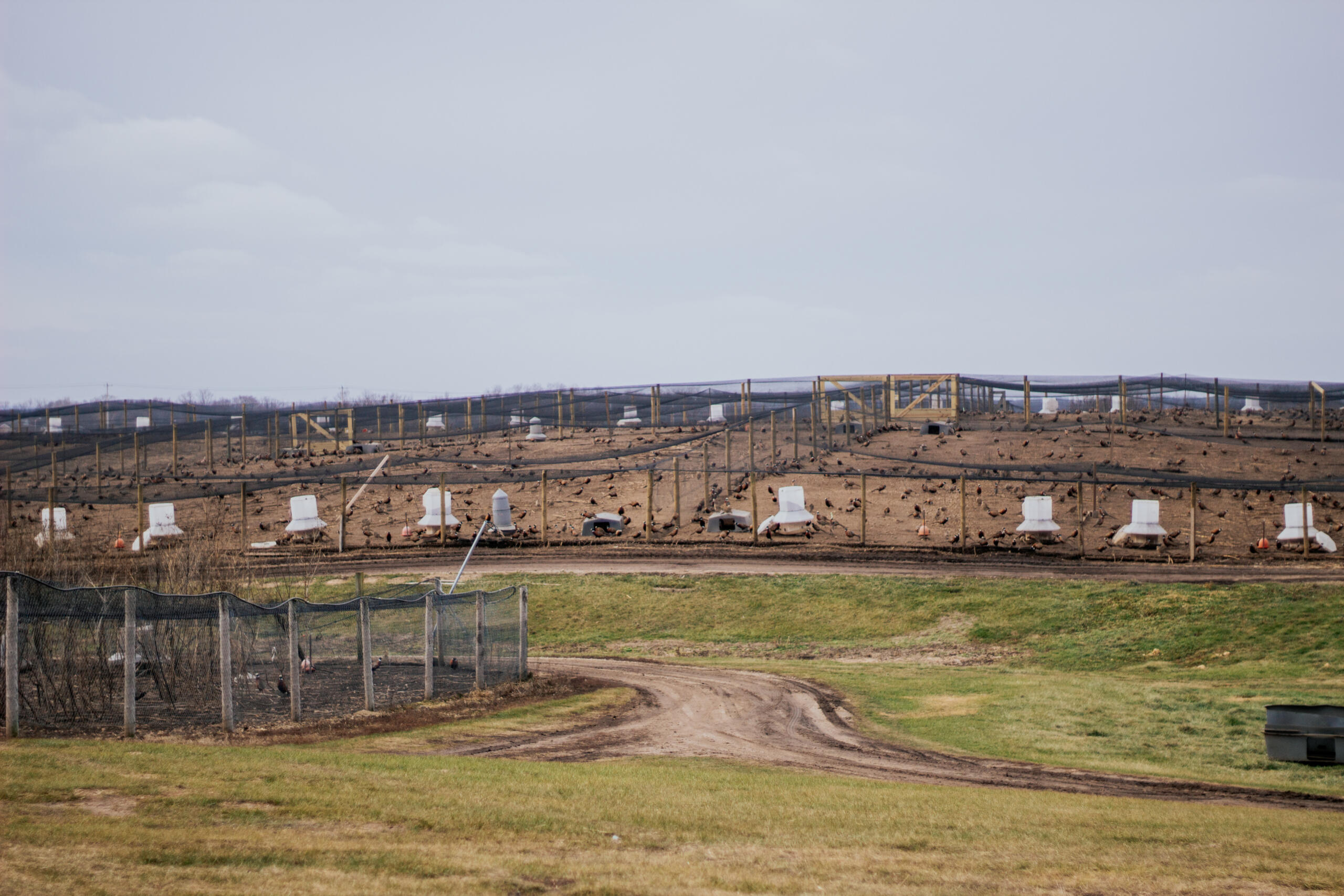
Preparing Our Barns & Pens Each Spring
Read Post
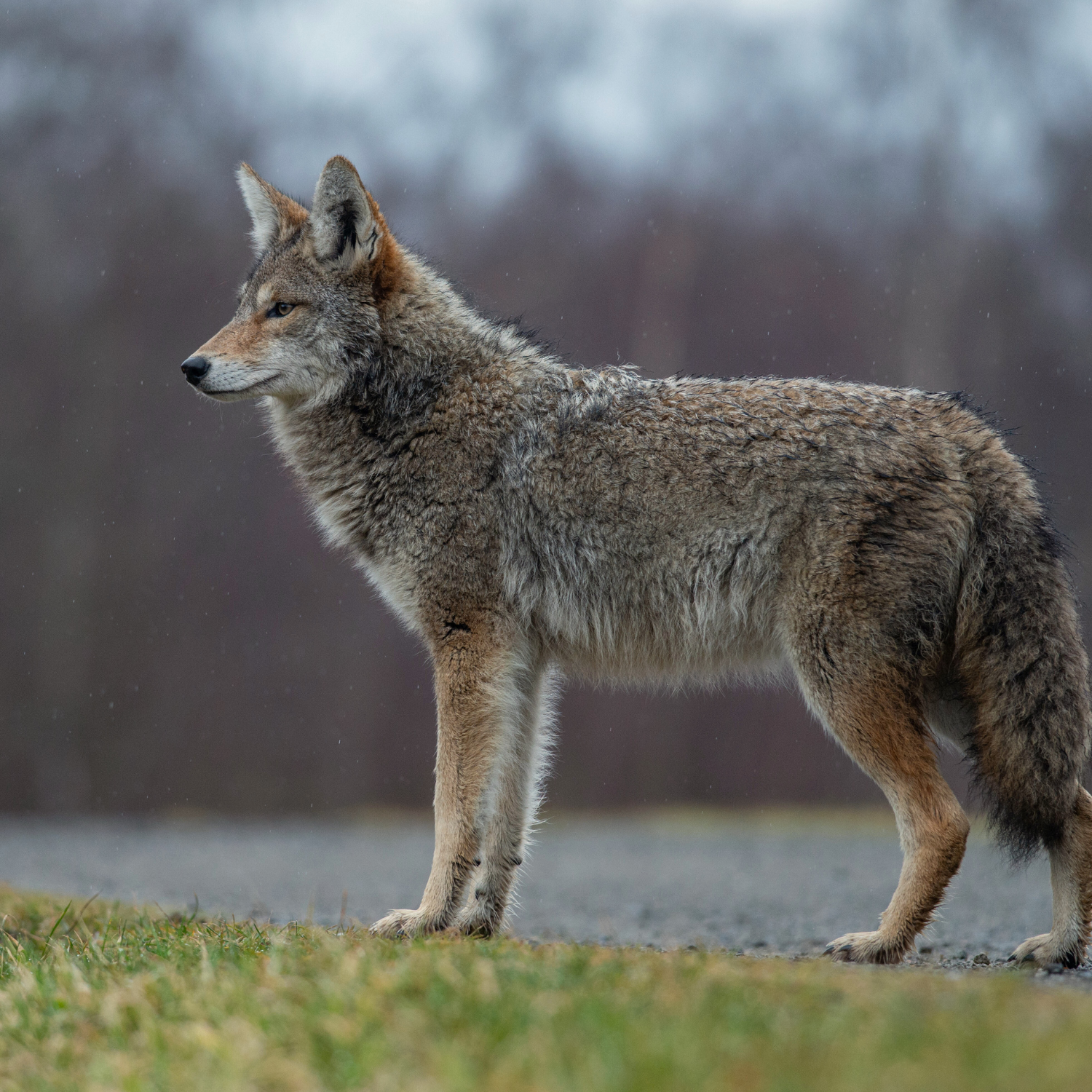
A Pheasant Farm’s Most Wanted List
Read Post
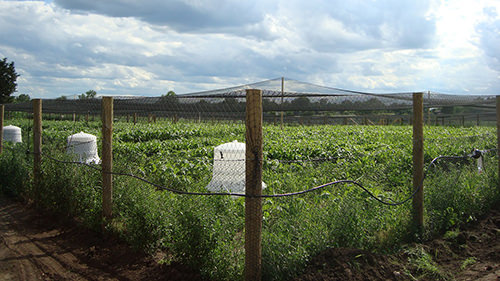
Cover Management in Flight Pens
Read Post
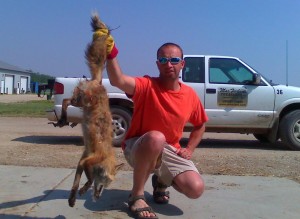
Thieves in the Night
Read Post
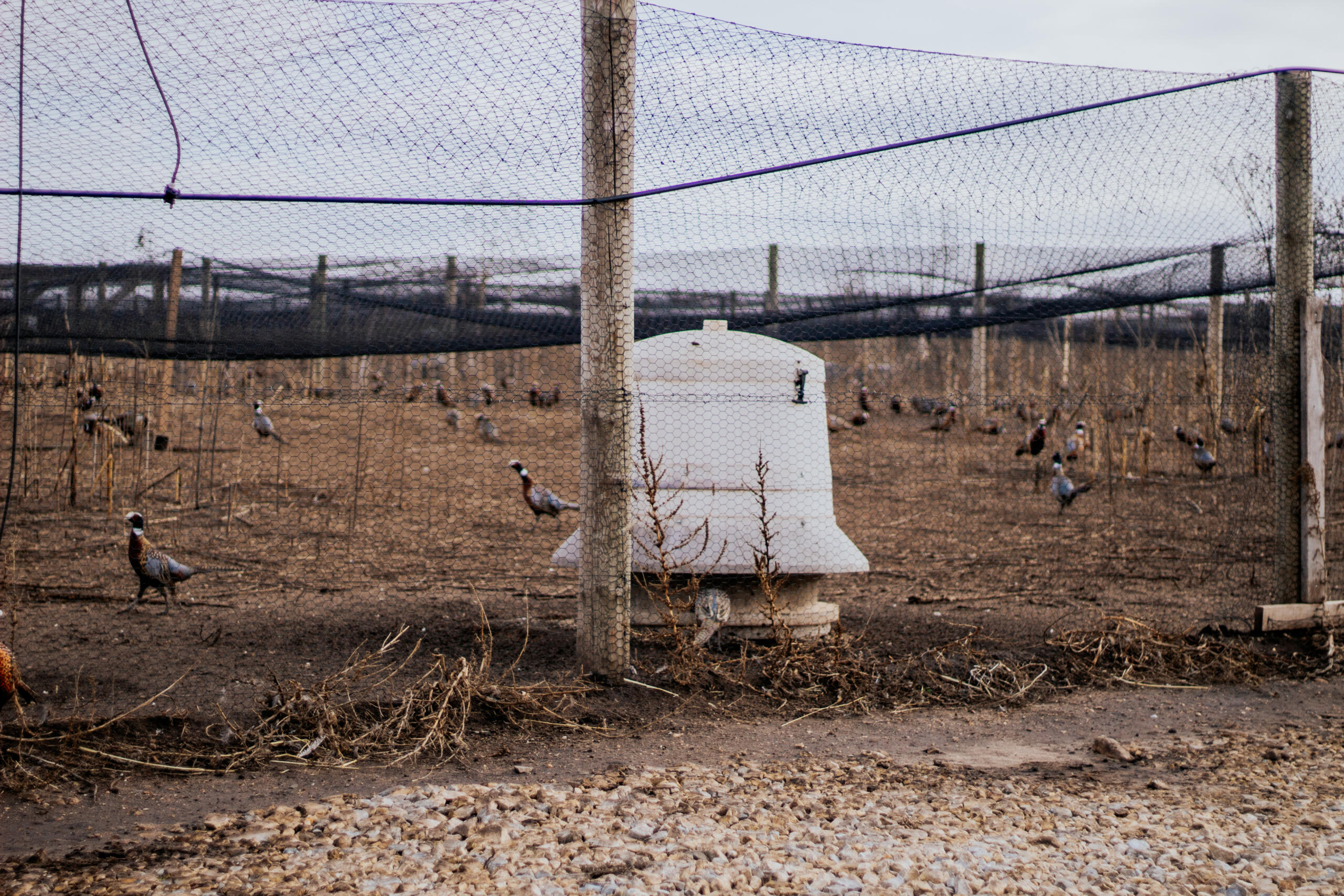
Fixing Feeder Issues in The Outside Pens
Read Post
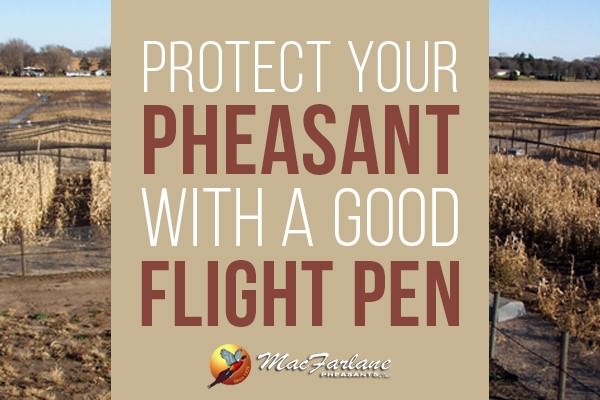
Flight Pen Mortality Protection
Read Post
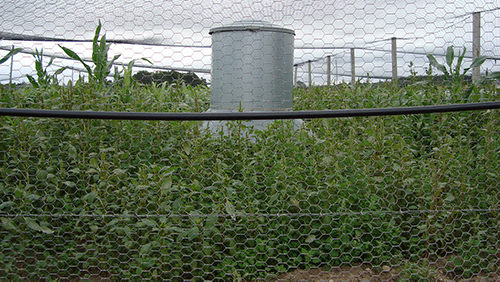
How To Construct Durable Pheasant Flight Pens
Read Post
Take Advantage of These Free Resources
As the biggest game bird farm in the United States, we want to share our experience with you. Download our free resources below and get started.

